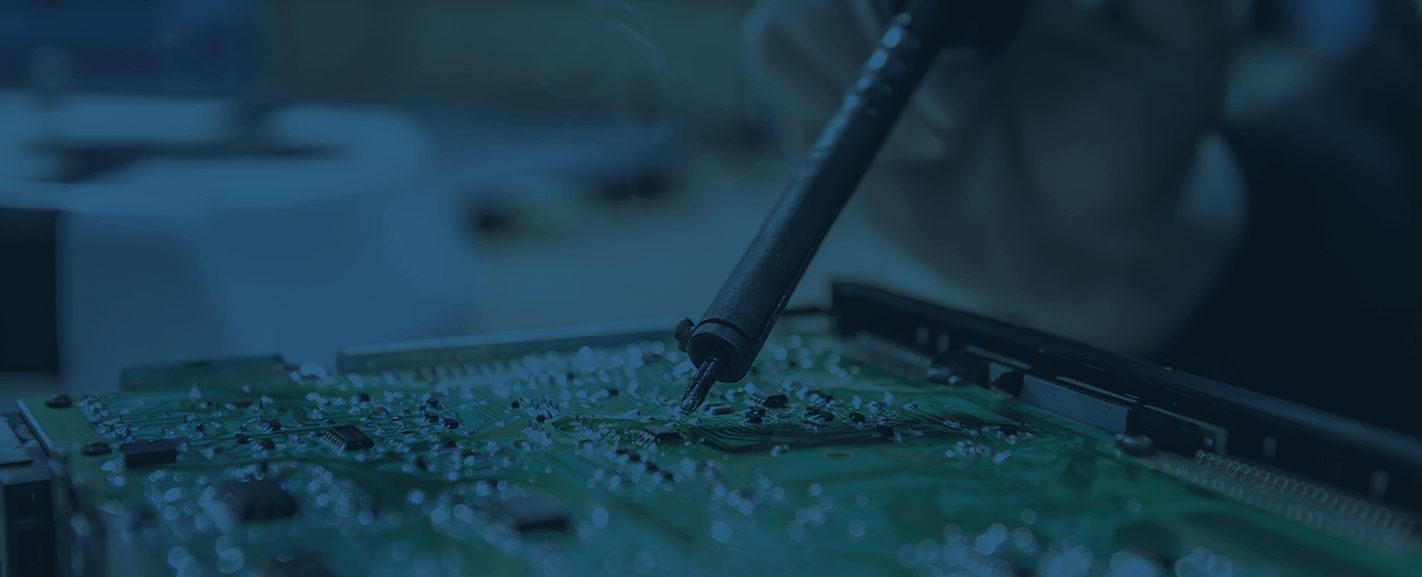Advancements in Soldering Technology
Soldering is a prolific discipline that impacts numerous industries. In recent times, soldering technology has experienced significant advancements in a bid to keep up with the rapidly growing technological landscape. These developments promise to revolutionize the efficiency, quality, eco-friendliness and performance of soldered products.
New Soldering Technologies
The demand for precision and efficiency has been the main driving force for new soldering technologies. From robotic to selective soldering, the following are the most cutting-edge solutions reshaping the manufacturing landscape today.
Robotic Soldering
Soldering robots have seen increased adoption in manufacturing processes in recent years due to their precision, consistency and efficiency. These automated soldering machines are often integrated with artificial intelligence (AI) capabilities and sophisticated programming to reduce human error and increase yield. Robot soldering is best applied to accomplish intricate joint configurations requiring high uniformity and reliability levels. These systems are now prevalent across industries such as electronics, medical, automotive and aerospace.

Selective Soldering
Selective soldering is a new soldering technology that enables quick, accurate and targeted soldering of specific parts on a printed circuit board (PCB) without affecting adjacent components. This soldering method is especially effective when dealing with densely packed PCBs where conventional methods that solder all joints on one side of the workpiece in one go fall short. Automated selective soldering is often used in assembly production to increase uniformity in soldering patterns and consistency in board quality.
Reflow Soldering
Reflow soldering is a technique that uses flux and powdered solder to temporarily attach small electronic components to a PCB. The entire PCB is then exposed to controlled heat in a reflow oven, which melts the paste, causing it to melt and subsequently solidify into strong and durable joints. This strategy is mainly used to attach surface mount technology (SMT) components to PCBs.
Wave Soldering
Wave soldering is a new technique that has gained traction in batch PCB manufacturing where the components have larger spacing. In this method, the PCB is immersed in a molten solder bath to create solder joints. It can be used for both surface mounting and through-hole components.
Discover Our PCB Repair and Soldering Services
These pioneering advancements in soldering technology herald a new era of manufacturing that offers greater precision, efficiency and reliability. At Precision PCB Services, we are well-poised to leverage these evolutions for the benefit of all our clients in our training and PCB repair services. Contact us today to learn more.
